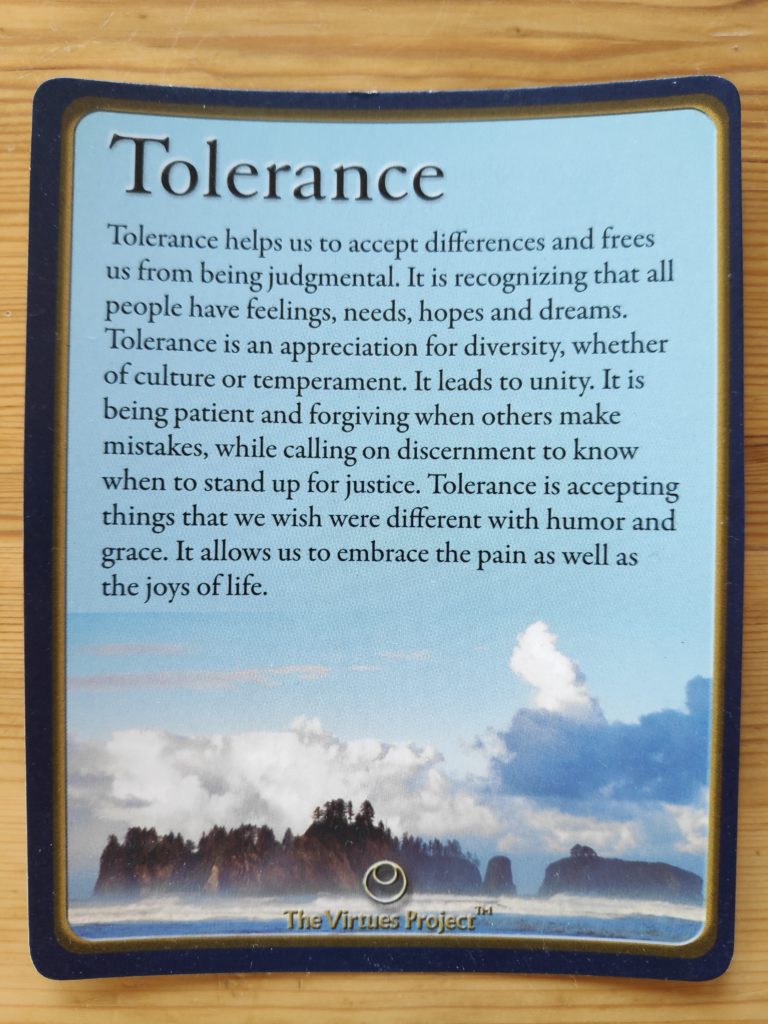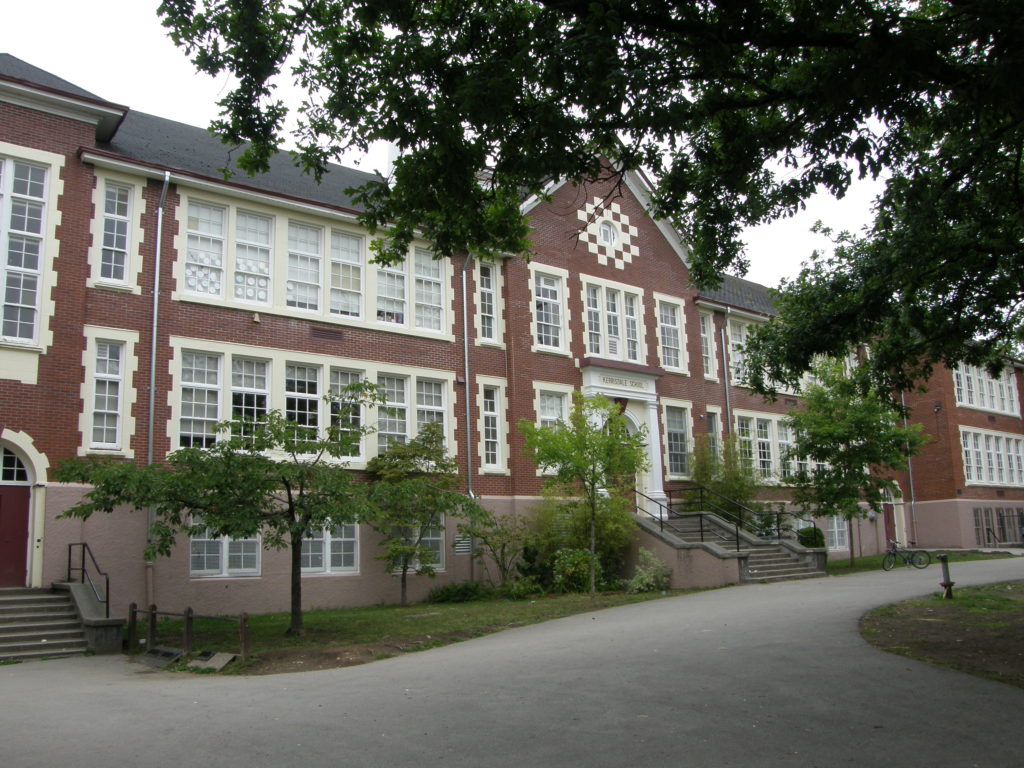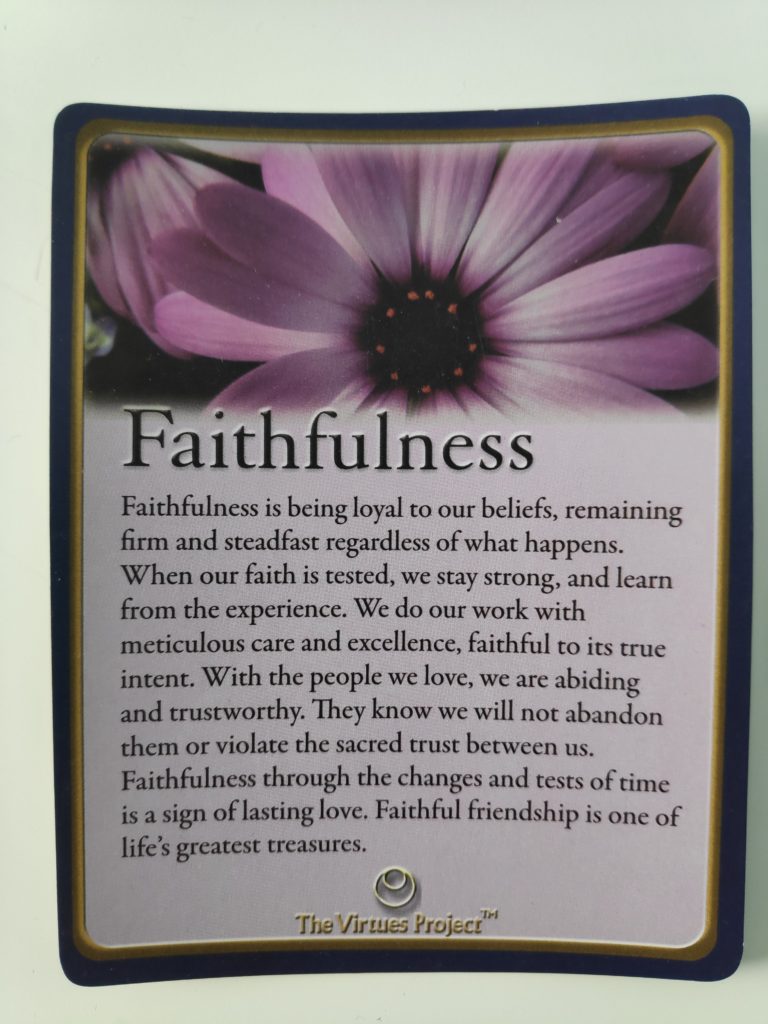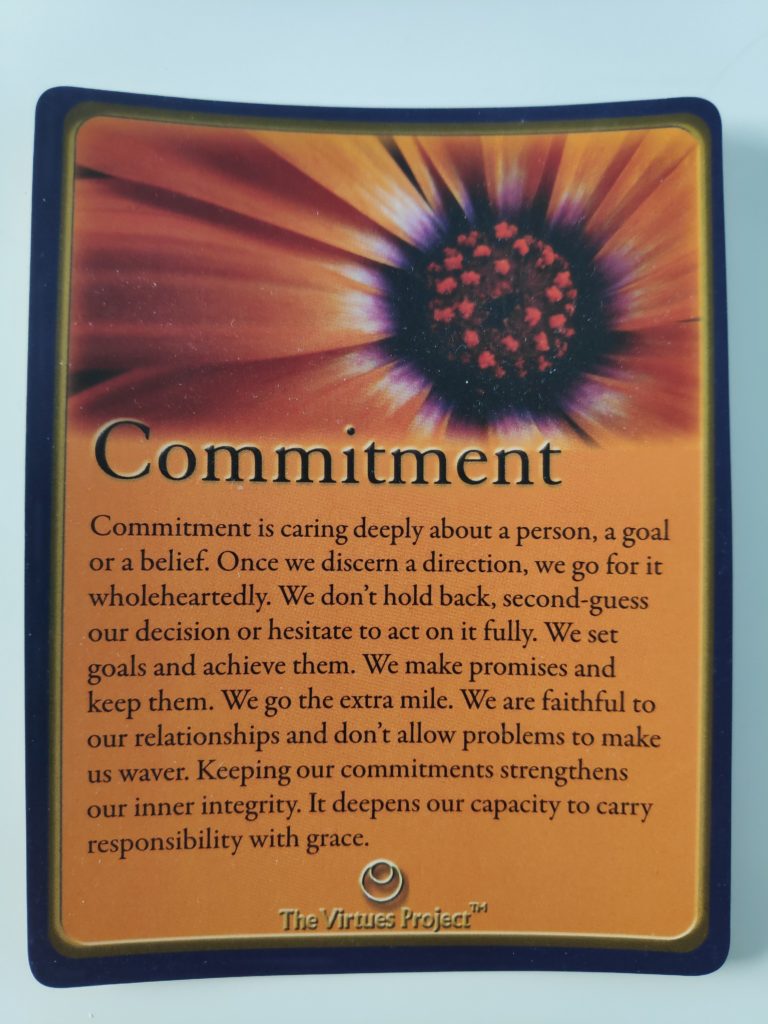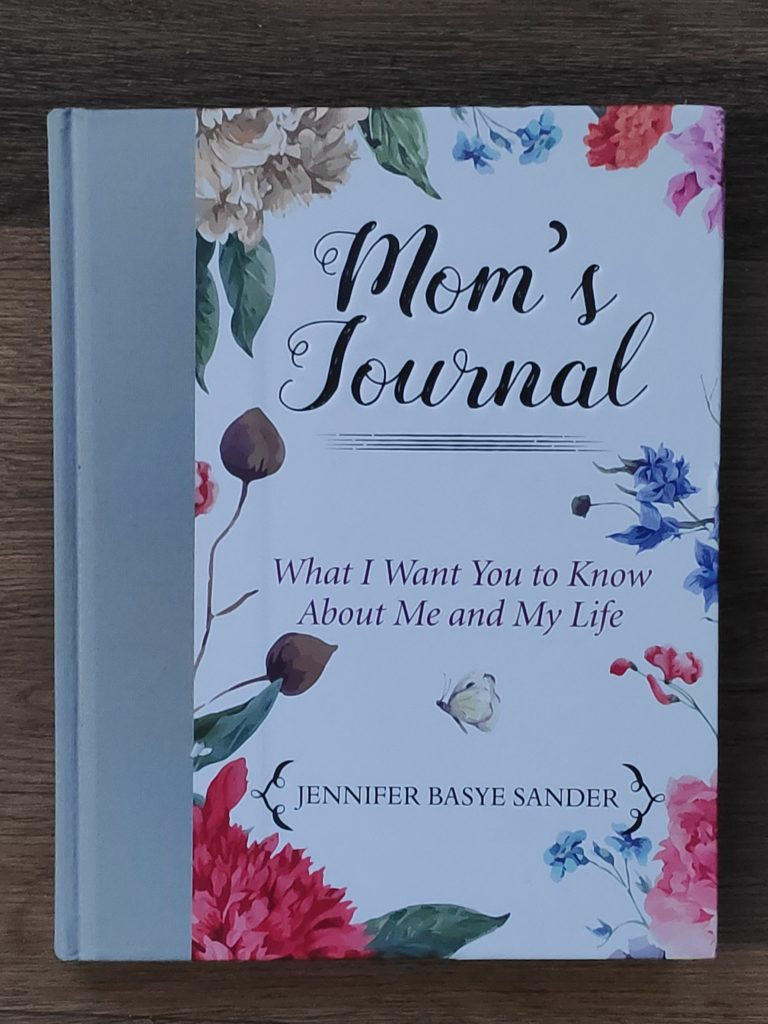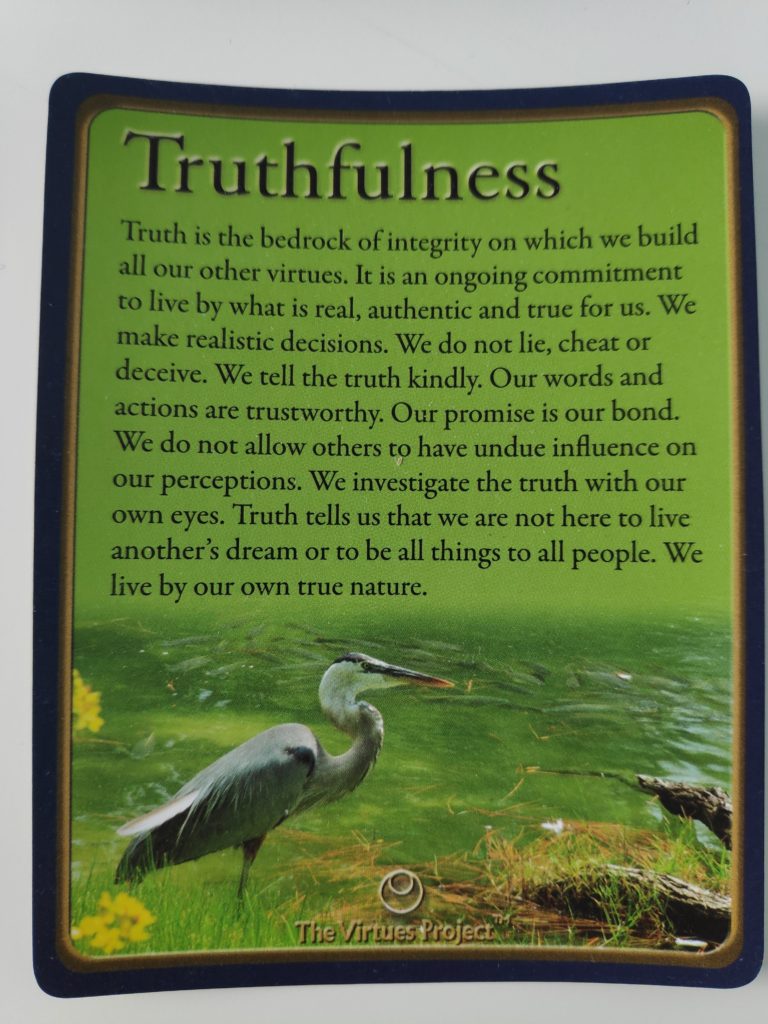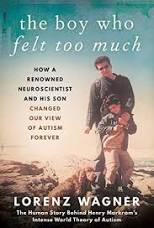I was sixteen and my sister had just turned twenty-four. She had saved up her money (she was working as a nurse) and wanted a traveling companion and the two of us took off for eleven weeks. The goal was to visit our relatives in Ireland and England as well as visit my sister’s birthplace in Glasgow, Scotland.
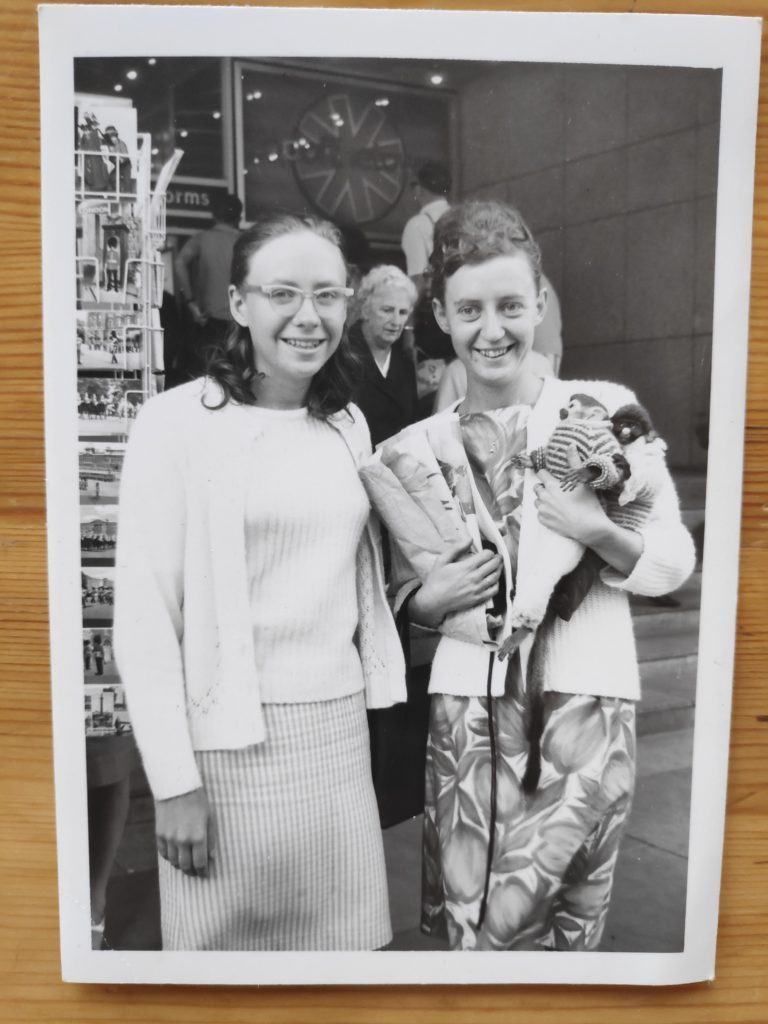
This blog will be an overview of the trip, but more memories from the trip will also come out in other blogs later so that this one doesn’t become enormous. As memories are notoriously bad at remembering correct details, you, the reader, will just have to accept that this is what I remember over 50 years later. I’m sure my sister will have remembered quite different things.
This trip was my first extended trip outside of my home province of British Columbia. I’m not good at remembering people from back then, though reading sent postcards has been interesting. Traveling is a good way of learning about oneself and also learning about how other people do things differently, though not necessarily in a better or worse way. I think teenagers and young adults should spend time traveling to places where they get to see how other people live as this is a good learning experience.
I have found a “log” over what we did each day, but it doesn’t include any details. I also have an album with the postcards that I collected to show where I had been. I didn’t have a camera, though my sister had one with her. Photos were expensive to develop and print in the 1960s. I didn’t have much money of my own so decided to just buy postcards as souvenirs and a picture memory of where we had been. Many of the postcards were sent to people and then retrieved from them when we got home. Some of them even say on the back “Please keep this card for Trish.”
We started on the 25th of June at 16:25 by taking the CN train from Vancouver to Montreal arriving there at 18:00 on the 28th of June a little over 73 hours (three days) after leaving Vancouver. We were in a sleeper with bunk beds made up at night, had seats during the daytime, and had all our meals on board the train. We passed through Jasper and Winnipeg.
We stayed in Montreal for three nights. On the 1st of July at 11:00 we took off by boat from Montreal, on the Arkadia, heading to Ireland. spending 6 nights on the boat. On the 7th of July we landed at 19:00 at Cobh, the port for Cork, going to land by tender.
We stayed here for one night in a guest house, then moved to Cork where we stayed two nights, visiting first Blarney Castle, then Killarney.
On the 10th of July we traveled by train to Dublin where we met my Uncle Ken who at the time lived with his daughter, Audrey, and they put us up during our stay in Dublin. We also met other uncles, aunts and cousins while we were there. These were my dad’s sisters, brothers and their children.
On the 23rd of July we took the train to Belfast where we stayed for five nights. We took two bus tours where we saw the Giant’s Causeway and the Mourne Mountains. This was a period of relative quiet in Northern Ireland and I don’t remember any unrest at all.
On the 28th of July we took an overnight boat across to Glasgow arriving early the next morning. Here we stayed with some friends of my parents. This was the city where my sister was born and it was only twenty years since my parents and my sister had moved to Vancouver, Canada. Here we were taken on several day trips in Scotland, including Loch Lomond, the Trossachs, Stranrær, Edinburgh, Tarbert and Prestwick.
On the 6th of August we took the train to Rochdale, which is just outside of Manchester and stayed with my dad’s brother, Walter Commins. He also took us on several day trips while we were there, including York, Scarborough, Blackpool, Southport, the Lake District and North Wales.
On the 21st of August we went by bus to Stratford-upon-Avon and stayed two nights there, before heading to London. We arrived in London on August 23rd and stayed in and around London until we left on September 9th. We flew home from Heathrow airport direct to Vancouver.
This trip was also about being in close contact with my sister for weeks on end. Fortunately we were both quite good at looking after each other and I only remember once getting very fed up with her. I also remember sitting playing cards with her in the evenings, especially when we were staying in guesthouses and not with relatives. I felt like I was treated as the young adult that I felt that I was, even though my sister was considerably older than me. We still have a good relationship and keep in touch on a regular basis.

